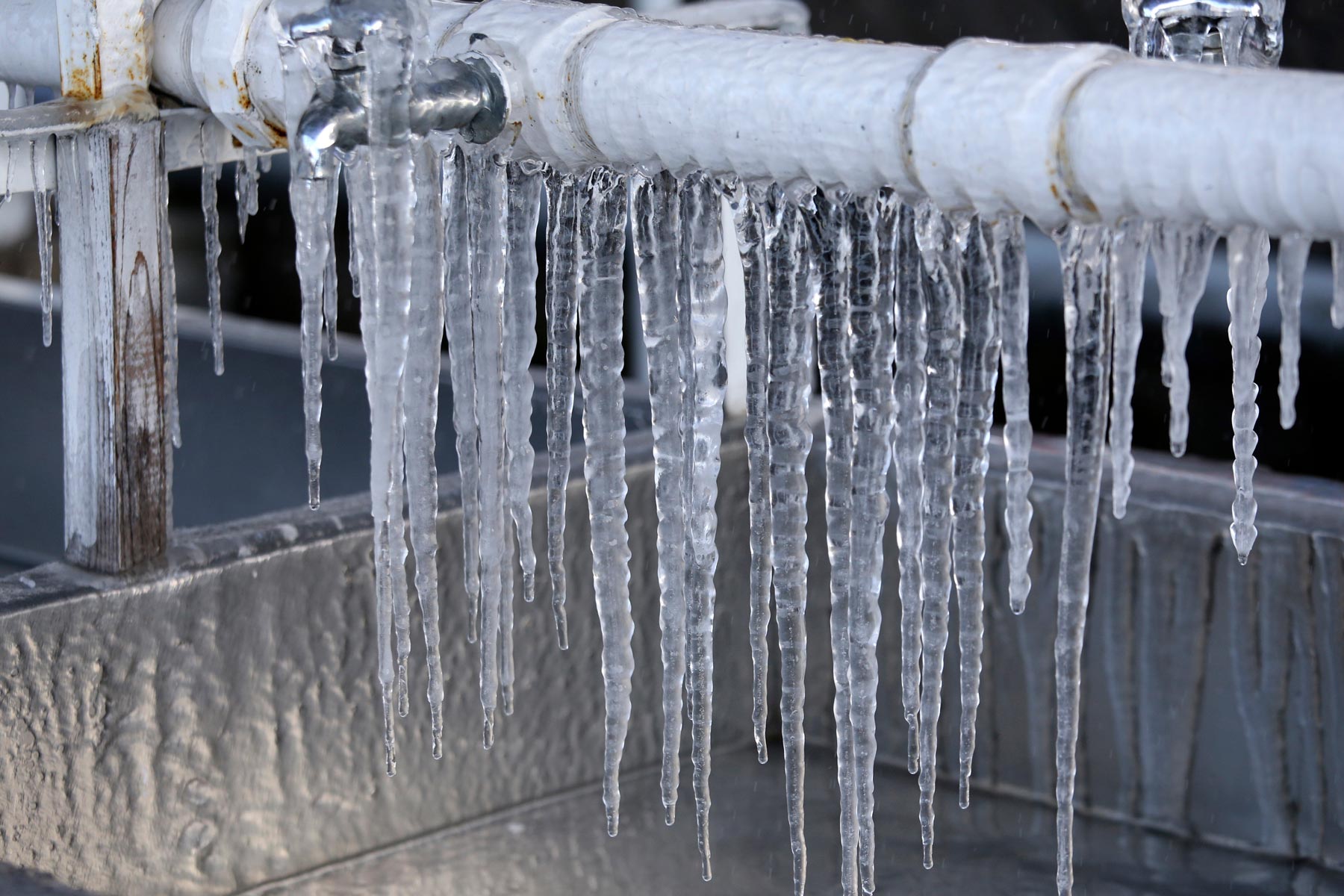What are your beliefs about Preventing and dealing with frozen pipes?

Cold weather can damage your pipes, particularly by freezing pipes. Below's exactly how to avoid it from occurring and what to do if it does.
Introduction
As temperature levels decrease, the risk of icy pipes increases, potentially bring about expensive repair work and water damage. Understanding how to stop icy pipes is critical for home owners in chilly climates.
Comprehending Icy Pipelines
What creates pipelines to freeze?
Pipes freeze when revealed to temperature levels listed below 32 ° F (0 ° C) for expanded durations. As water inside the pipes freezes, it increases, taxing the pipeline walls and potentially causing them to burst.
Threats and damages
Frozen pipes can cause water supply disruptions, residential or commercial property damage, and expensive repairs. Ruptured pipes can flood homes and cause extensive architectural damages.
Indicators of Frozen Pipes
Identifying frozen pipes early can stop them from breaking.
Just how to determine frozen pipelines
Try to find reduced water circulation from taps, unusual smells or noises from pipelines, and visible frost on revealed pipes.
Avoidance Tips
Protecting susceptible pipelines
Cover pipes in insulation sleeves or utilize heat tape to safeguard them from freezing temperatures. Focus on pipes in unheated or external locations of the home.
Home heating strategies
Maintain indoor areas adequately heated, especially locations with pipes. Open up closet doors to permit cozy air to flow around pipes under sinks.
Safeguarding Outside Plumbing
Garden pipes and exterior taps
Disconnect and drain pipes yard tubes before winter. Set up frost-proof faucets or cover outside taps with insulated caps.
What to Do If Your Pipelines Freeze
Immediate actions to take
If you suspect frozen pipelines, maintain taps available to ease pressure as the ice melts. Make use of a hairdryer or towels soaked in warm water to thaw pipes slowly.
Long-Term Solutions
Structural modifications
Consider rerouting pipes far from outside walls or unheated locations. Add added insulation to attics, basements, and crawl spaces.
Upgrading insulation
Purchase high-grade insulation for pipelines, attics, and walls. Appropriate insulation assists maintain constant temperatures and minimizes the danger of frozen pipelines.
Conclusion
Avoiding frozen pipelines requires aggressive actions and quick reactions. By understanding the causes, indications, and preventive measures, property owners can protect their pipes throughout winter.
6 Proven Ways to Prevent Frozen Pipes and Protect Your Home
Disconnect and Drain Garden Hoses
Before winter arrives, start by disconnecting your garden hoses and draining any remaining water. Close the shut-off valves that supply outdoor hose bibs and leave the outdoor faucet open to allow any residual water to drain. For extra protection, consider using faucet covers throughout the colder months. It’s also important to drain water from any sprinkler supply lines following the manufacturer’s directions.
Insulate Exposed Pipes
Insulating your pipes is an effective way to prevent freezing. Pipe insulation is readily available at home improvement stores and is relatively inexpensive. Pay close attention to pipes in unheated areas such as the attic, basement, crawl spaces, or garage. Apply foam insulation generously to create a buffer against the cold. You can also wrap your pipes in heat tape or thermostat-controlled heat cables for added warmth.
Seal Air Leaks
Inspect your home for any cracks or openings that could let in cold air. Seal any holes around the piping in interior or exterior walls, as well as the sill plates where your home rests on its foundation. Additionally, make sure to keep your garage door closed unless you’re entering or exiting. Leaving it open creates a significant air leak that can lead to frozen pipes.
Allow Warm Air Circulation
During cold snaps, it’s essential to allow warm air to circulate evenly throughout your home. Leave interior doors ajar to promote better airflow. Open kitchen and bathroom cabinets to help distribute heat consistently around the rooms. If you have small children or pets, be sure to remove any household chemicals or potentially harmful cleaners from open cabinets for safety.
Let Faucets Drip
A small trickle of water can make a big difference in preventing ice formation inside your pipes. When temperatures drop significantly, start a drip of water from all faucets served by exposed pipes. This continuous flow helps prevent the water from freezing. Additionally, running a few faucets slightly can relieve pressure inside the pipes, reducing the chances of a rupture if the water inside does freeze.
https://choateshvac.com/6-proven-ways-to-prevent-frozen-pipes-and-protect-your-home/

As a keen person who reads on Helpful Tips to Prevent Frozen Pipes this Winter, I was thinking sharing that chunk was worth the trouble. Do you know about another person who is fascinated by the subject? Take a moment to promote it. Kudos for your time. Come back soon.
Go Company
Comments on “Tips to Defend Pipes from Cold Weather: Professional Guidance”